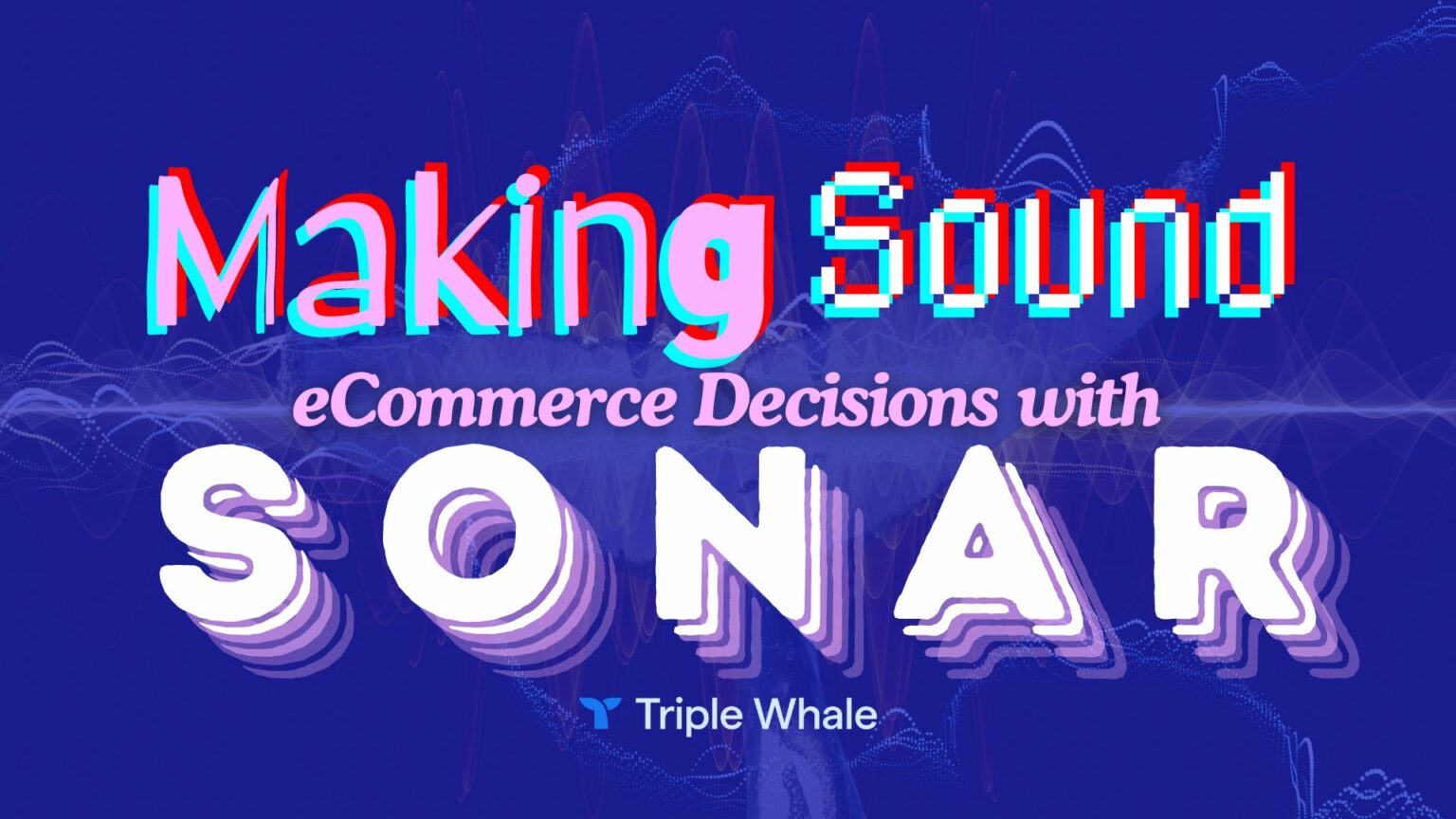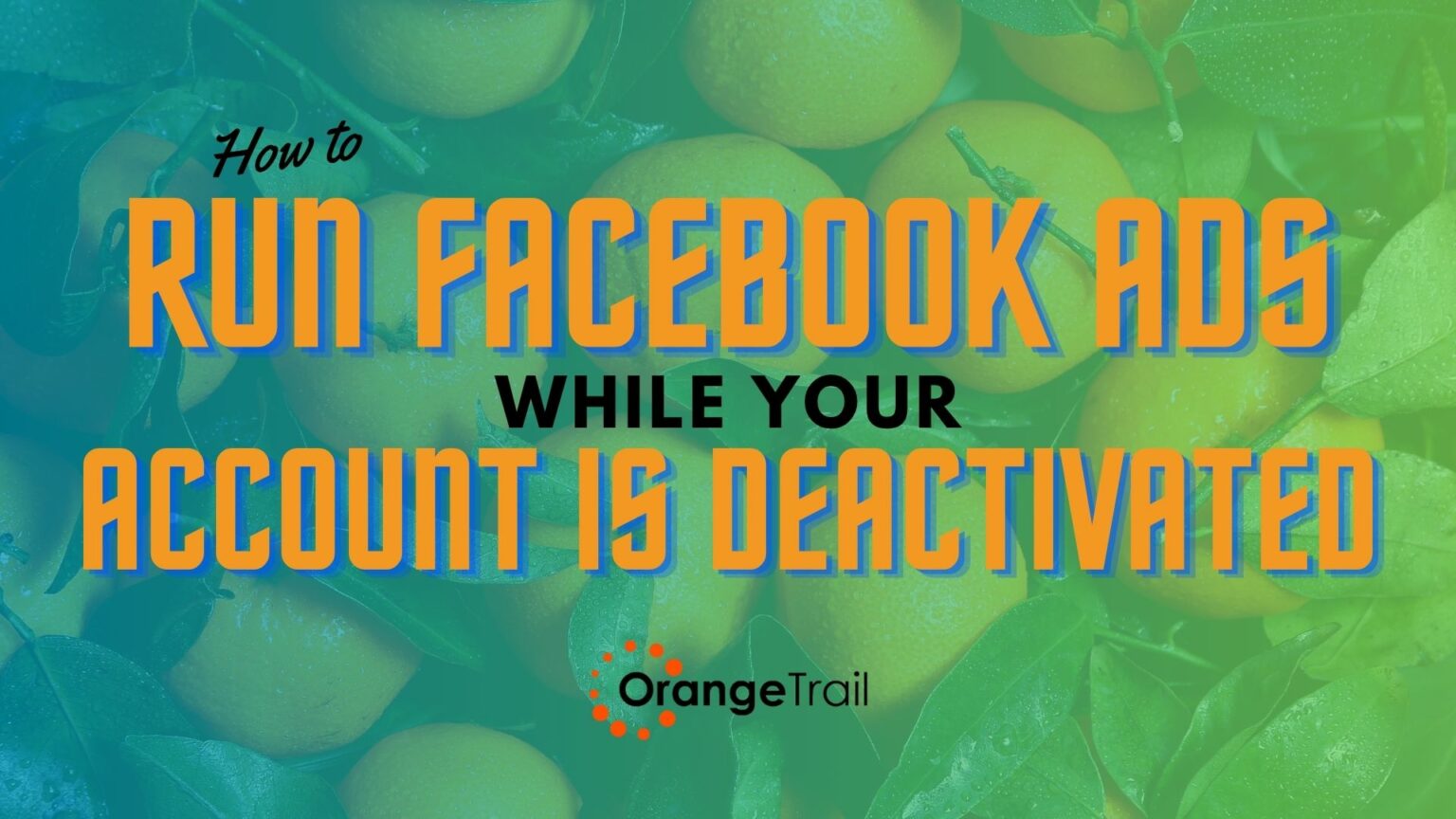
Back to the Basics: Facebook Algorithm


Basics: Facebook’s Algorithm
It never hurts to touch on the basics. This article will give you detail on how Facebook's algorithm prioritizes posts within the newsfeed.
There are thousands of potential post that might display in the Facebook newsfeed. Facebook's algorithm takes these posts and arranges them accordingly to how users would engage with the content.
Algorithm Breakdown
Facebook and their team broke the algorithm down into four basic components. Let's take a look below to see how the algorithm decides which posts to show.
Step one: Inventory is how Facebook refers to all available content, whether its post from family, friends, or groups.
Step two: Signals is a list of criteria that Facebook uses to help choose what content goes out. Facebook heavily weighs the criteria below.
- Comments and likes on a person’s status or photo
- Engagement with publisher content by posted by friends
- Shares on Messenger
- Replies to comments on videos
Step three: Predictions is where Facebook decides what to show by using previous behaviors and data from a users profile. They decide how likely or unlikely users are to engage with the content, removing material they believe you will not interact with.
Step four: Overall Score refers to a value assigned to a piece of content that will determine its ‘relevance’ to the user. The higher the score, the more likely it will appear in the feed. Clearly, this means content will get different scores for individual people.
Active Not Passive
It’s important to distinguish between “active” and “passive” interactions. Active interactions such as replies, sharing, and commenting will hold much more weight than passive interaction such as hovering, clicking, or viewing.
Top Ranking Algorithm Factors
Commenting: This is at the top of Facebook's Algorithm for 2018. Start to think about creating quality content intended to spark conversation. Try writing about timely, relevant topics that users will have an opinion on.
Sharing: Facebook is placing a great deal of emphasis on posts that are shared publicly as well as privately. Facebook will now begin to favor a shared post that sparks conversation among friends.
Reacting: While not as heavily-weighted as comments and sharing don’t leave reactions in the dust. Reacting is a form of “active engagement” that will help businesses’ post reach a larger amount of people within the Newsfeed. Reactions are a great alternative way to judge the quality of content.
Facebook Algorithm is extremely powerful. Take full advantage of what it has to offer. What are some adjustments that you could make to better your ads? Comment below.
Happy Hunting!
Want more AdLeaks content? Click below.
Back to the Basics - Facebook Business Manager
Back to the Basics - Understanding the Facebook Pixel Part #1





